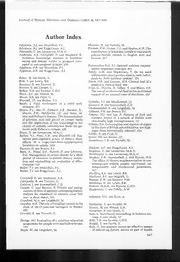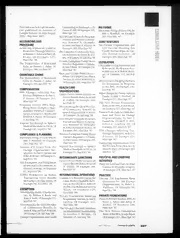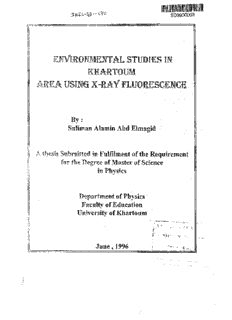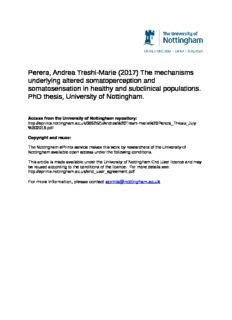
Preview Perera, Andrea Treshi-Marie
THE MECHANISMS UNDERLYING ALTERED SOMATOPERCEPTION AND SOMATOSENSATION IN HEALTHY AND SUBCLINICAL POPULATIONS Andrea Treshi-marie Perera Thesis submitted to the University of Nottingham for the degree of Doctor of Philosophy July 2016 ABSTRACT Manipulating somatic representations has been found to alter somatic experiences; however, the precise mechanisms underlying these altered somatic experiences are as yet unclear. This thesis primarily investigated the mechanisms underlying altered somatic experiences following illusions that manipulated perception of the body representation. The current thesis also addressed individual differences in somatic perception across individuals with propensities towards various clinical conditions, including amplified somatosensory sensitivity and medically unexplained symptoms (MUS). The pilot investigation in Chapter 3 provided evidence for susceptibility and ownership towards somatic illusions generated using the MIRAGE mediated-reality system, thus validating manipulations induced using this system. In Chapter 4, longer and shorter body representations were judged as veridical (or normal) following stretched and shrunken illusions respectively, while in contrast to early studies ownership was not lost as a result of the illusory manipulations. An association between self-reported somatic sensitivity and illusion strength was also observed for females, with females reporting increased somatic sensitivity being more susceptible to the illusion. Chapter 5 demonstrated that illusory alterations of body shape and size improved perception of near threshold tactile stimuli. However, changes in tactile perception were driven by differing mechanisms when body size at the site of stimulation was altered, whilst similar mechanisms drove this change when body size away from the site of stimulation was altered. Interestingly, a detached condition (in which the finger-tip and stump were disconnected) resulted in a significant reduction in overall positive reports of feeling tactile stimuli. Finally, overall false-touch reports and reduced sensitivity (i.e., the I inability to discern between touch present and absent trials) were found to be characteristic of those with propensities towards MUS. Chapter 6 demonstrated that a purely visual illusion, in the absence of any real somatic input, did not interfere with external tactile perception or lead to different response patterns between individuals with increased or decreased tendencies towards MUS. The thesis provides evidence for the dynamic and bidirectional flexibility of the body representation by providing direct evidence for the immediate updating of the body representation following size-altering illusory manipulations. These illusions also altered external somatic sensations via different underlying mechanisms and reflected individual differences in response patterns between healthy and sub-clinical populations, thus suggesting that susceptibility to such illusions may be clinically relevant, and useful in identifying the nature various psychological pathologies. II ACKNOWLEDGEMENTS I am extremely grateful to my supervisors, Dr Kirsten McKenzie and Dr Roger Newport for their support and guidance throughout my PhD. They are fabulous, sharp and insightful! And have helped me to express my ideas more clearly. Thank you for the encouragement especially at the latter stages of the thesis and for giving me the confidence boost (I needed) to explore my research interests and preventing me from feeling lost during the process. A big big thank you to Dr Julien Mayor, who gave me great advice and was helpful in many ways during the final year of my PhD. Dr Jess Price has the BEST laugh and was always there to listen and cheer me up whenever I needed it – thank you. I would also like to thank both Dr Sheppard and Prof Ehrsson for taking the time to read this thesis. Thank you to my fellow PhD folks at BB47 who were always entertaining and reduced the stress. In particular, I would like to thank Jiin, Cheng, Azlina and Ai-Suan for their friendship that helped make Malaysia a home away from home. I could also not thank Vrush enough for being patient and training me with the MIRAGE and SSDT when I first joined – awkward hug! To all my participants, who were patient and gave me their time (and manged to keep awake) during my super-long experiments – thank you! On a personal note, I would like to thank my family and friends back in Sri Lanka for their love and support. Finally, thank you Alberto for just being amazing and keeping me sane when it all felt a bit overwhelming. III TABLE OF CONTENTS Abstract ................................................................................................................................ I Acknowledgements ........................................................................................................... III List of figures ................................................................................................................... XII List of tables ..................................................................................................................... XV List of abbreviations ...................................................................................................... XVI CHAPTER 1 General introduction (I) ............................................................................ 1 1.1 Self-awareness .......................................................................................................... 2 1.1.1 Disorders of body ownership and embodiment ...................................... 4 1.2 Investigating ownership and embodiment under laboratory settings ..................... 12 1.2.1 Somatic illusions ................................................................................... 13 1.2.2 Rubber hand illusion ............................................................................. 14 1.3 Modifying perceived shape and size of body representation and somatic perception ................................................................................................ 19 1.3.1 Inconsistencies in previous research ..................................................... 22 1.4 MIRAGE….. .......................................................................................................... 24 1.4.1 Studies that used the MIRAGE mediated reality device....................... 25 1.5 Summary: Misperceptions, somatic illusions and the MIRAGE system ............... 31 CHAPTER 2 General introduction (II) ........................................................................ 33 2.1 Cross-modal integration ......................................................................................... 33 2.2 Visuotactile interactions ......................................................................................... 37 IV 2.2.2 Manipulating perceived body size and tactile perception ..................... 39 2.2.3 Summary of vision and manipulated body representations on somatosensation .................................................................................... 40 2.3 The Somatic Signal Detection Task (SSDT; Lloyd et al., 2008) ........................... 41 2.3.1 Studies using the SSDT ........................................................................ 42 2.4 False-alarms on the SSDT as a laboratory analogue of unexplained physical symptoms .............................................................................................................. 47 2.5 Clinical models of MUS ......................................................................................... 49 2.5.1 The dissociation model ......................................................................... 50 2.5.2 The conversion model ........................................................................... 51 2.5.3 Somatisation and cognitive behavioural models ................................... 52 2.5.4 Perceptual processing models ............................................................... 56 2.5.5 An integrative conceptual model .......................................................... 58 2.6 Individual differences in somatic misperceptions .................................................. 59 2.7 Aims and objectives of the current Thesis ............................................................. 63 CHAPTER 3 Examining the degree of subjective susceptibility to multisensory illusions of body shape and size ............................................................................ 65 3.1 Introduction ............................................................................................................ 65 3.2 Methods .................................................................................................................. 68 3.2.1 Participants ............................................................................................ 68 3.2.2 Apparatus and Material ......................................................................... 68 3.2.2 Procedure .............................................................................................. 71 V 3.3 Results .................................................................................................................... 72 3.4 Discussion .............................................................................................................. 77 CHAPTER 4 Altered body representations following a brief exposure to multisensory distortions of the hand.................................................................... 80 4.1 Introduction ............................................................................................................ 81 4.2 Experiment 1 .......................................................................................................... 85 4.3 Experiment 1 Method ............................................................................................. 86 4.3.1 Participants ............................................................................................ 86 4.3.2Apparatus and Material .......................................................................... 86 4.3.3 Procedure .............................................................................................. 88 4.4 Experiment 1 Results ............................................................................................. 89 4.4.1 Questionnaire responses ........................................................................ 89 4.4.2 Judgments of perceived finger length: online resizing ......................... 92 4.5 Experiment 1 Discussion ........................................................................................ 93 4.6 Experiment 2 .......................................................................................................... 94 4.7 Experiment 2 Method ............................................................................................. 95 4.7.1 Participants ............................................................................................ 95 4.7.2 Apparatus and Material ......................................................................... 96 4.7.3 Procedure .............................................................................................. 97 4.8 Experiment 2 Results ............................................................................................. 99 4.8.1 Questionnaire responses ........................................................................ 99 4.8.2 Judgments of perceived finger length: online resizing ....................... 101 VI 4.8.3 Judgments of perceived finger length: offline size estimation ........... 102 4.9 Experiment 2 Discussion ....................................................................... 103 4.10 Experiment 3 ...................................................................................................... 104 4.11 Experiment 3 Method ......................................................................................... 106 4.11.1 Participants ........................................................................................ 106 4.11.2 Apparatus and Material ..................................................................... 106 4.11.3 Procedure .......................................................................................... 108 4.12 Experiment 3 Results ......................................................................................... 109 4.12.1 Questionnaire measures .................................................................... 109 4.12.2 Association between SSAS scores and illusion strength and ownership ratings ................................................................................................. 110 4.13 Experiment 3 Discussion .................................................................................... 111 4.14 General discussion ............................................................................................. 112 CHAPTER 5 Investigating the effects of multisensory distortions of the hand on near threshold tactile perception ....................................................................... 118 5.1 Introduction .......................................................................................................... 119 5.2 Experiment 1 ........................................................................................................ 122 5.3 Experiment 1 Method ........................................................................................... 123 5.3.1 Participants .......................................................................................... 123 5.3.2 Apparatus and Material ....................................................................... 123 5.3.3 Design and Procedure ......................................................................... 128 5.4 Experiment 1 Results ........................................................................................... 129 VII 5.4.1 Questionnaire responses ...................................................................... 129 5.4.2 SSDT parameters ................................................................................ 132 5.5 Experiment 1 Discussion ...................................................................................... 135 5.6 Experiment 2 ........................................................................................................ 137 5.7 Experiment 2 Method ........................................................................................... 137 5.7.1 Participants .......................................................................................... 138 5.7.2 Apparatus and material ....................................................................... 138 5.7.3 Design and Procedure ......................................................................... 140 5.8 Experiment 2 Results ........................................................................................... 141 5.8.1 Questionnaire responses ...................................................................... 141 5.8.2 SSDT parameters ................................................................................ 144 5.9 Experiment 2 Discussion ....................................................................... 148 5.10 Experiment 3 ...................................................................................................... 151 5.11 Experiment 3 Method ......................................................................................... 154 5.11.1 Participants ........................................................................................ 154 5.11.2 Apparatus and Material ..................................................................... 154 5.11.3 Design and Procedure ....................................................................... 156 5.12 Experiment 3 Results ......................................................................................... 156 5.12.1 Questionnaire responses .................................................................... 156 5.12.2 SSDT parameters .............................................................................. 159 5.12.3 Correlation between self-reported MUS and SSDT parameters ....... 163 VIII 5.13 Experiment 3 Discussion .................................................................................... 166 5.14 General discussion ............................................................................................. 169 CHAPTER 6 Does visually evoked somatosensation interfere with somatic sensations? ............................................................................................................ 176 6.1 Introduction .......................................................................................................... 177 6.2 Method ................................................................................................................. 180 6.2.1 Participants .......................................................................................... 180 6.2.2 Apparatus and Material ....................................................................... 181 6.2.3 Design and Procedure ......................................................................... 183 6.3 Results .................................................................................................................. 184 6.3.1Questionnaire responses ....................................................................... 184 6.3.2 SSDT parameters ................................................................................ 186 6.3.3 Tendency of experiencing MUS and changes in somatic perception . 186 6.4 Discussion ............................................................................................................ 187 CHAPTER 7 General discussion ................................................................................. 191 7.1 Background to Thesis ........................................................................................... 191 7.2 Summary of Findings ........................................................................................... 193 7.2.1 Chapter 3: Examining the degree of subjective susceptibility to multisensory illusions of body shape and size ................................... 193 7.2.2 Chapter 4: Altered body representations following a brief exposure to multisensory distortions of the hand ................................................... 194 IX
Description:The list of books you might like

$100m Offers

Shatter Me Complete Collection (Shatter Me; Destroy Me; Unravel Me; Fracture Me; Ignite Me)

Atomic Habits James Clear

The Sweetest Oblivion (Made Book 1)
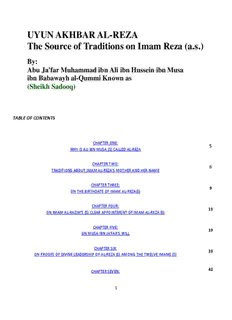
By: Abu Ja'far Muhammad ibn Ali ibn Hussein ibn Musa ibn

Выступления полномочного представителя Президента РФ в Конституционном Суде Российской Федерации. 2015–2018 годы. Сборник. Том 2. 2017–2018 годы
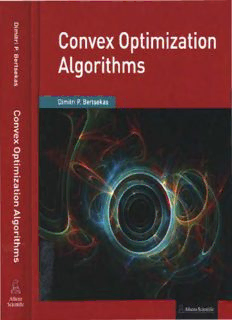
Convex Optimization Algorithms

This Man Confessed
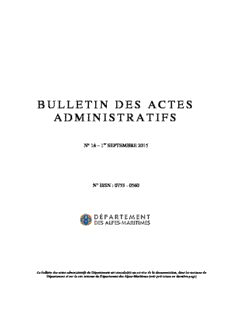
Bulletin des Actes administratifs n°18
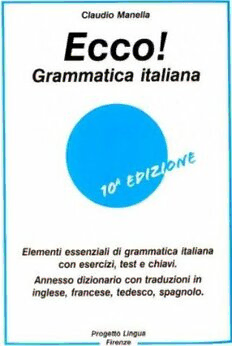
Ecco! Grammatica italiana

Consumer Behavior: Building Marketing Strategy

The World of Juba II and Kleopatra Selene: Royal Scholarship on Rome's African Frontier (Routledge Classical Monographs)

La Maternitat d’Elna
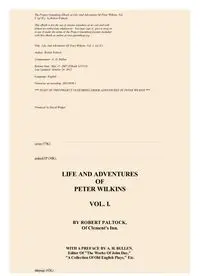
Life and Adventures of Peter Wilkins Vol I by Robert Paltock of Clements Inn
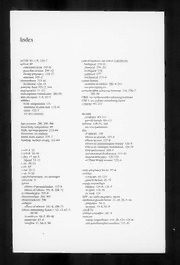
Oxford Reviews of Reproductive Biology 1993: Vol 15 Index
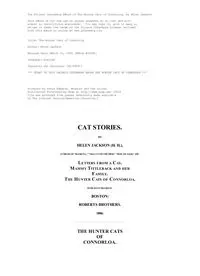
The Hunter Cats of Connorloa by Helen Jackson H H
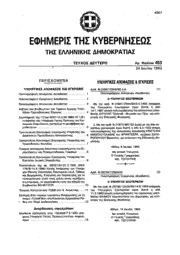
Greek Government Gazette: Part 2, 1993 no. 453
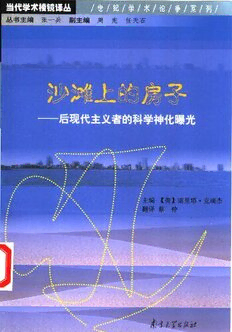
沙滩上的房子: 后现代主义者的科学神话曝光 (A House Built on Sand: Exposing Postmodernist Myths About Science)
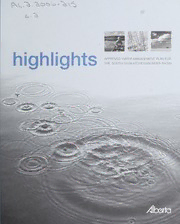
Highlights : approved water management plan for the South Saskatchewan River Basin
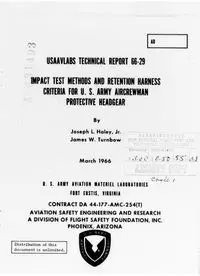
DTIC_AD0631493
